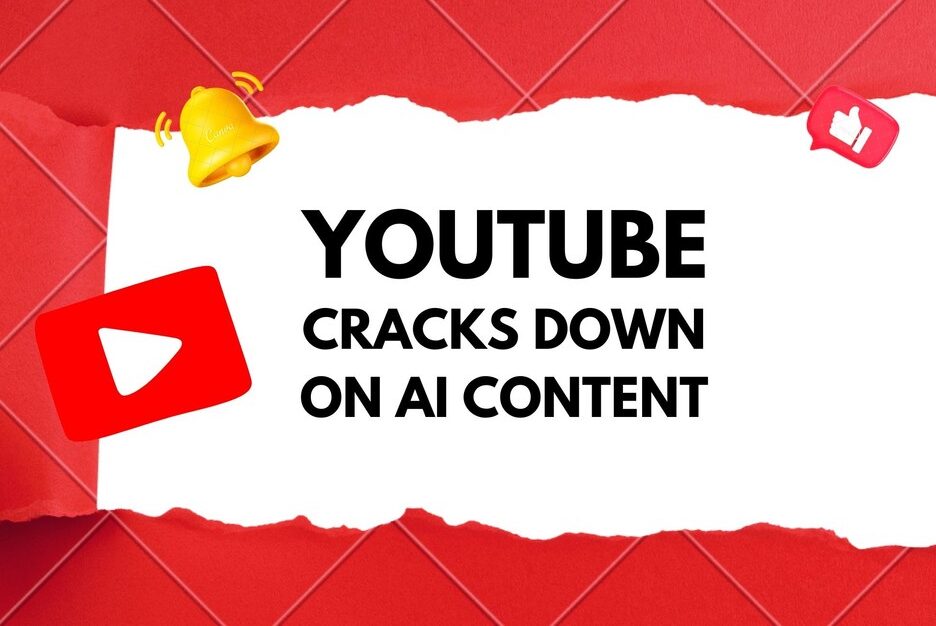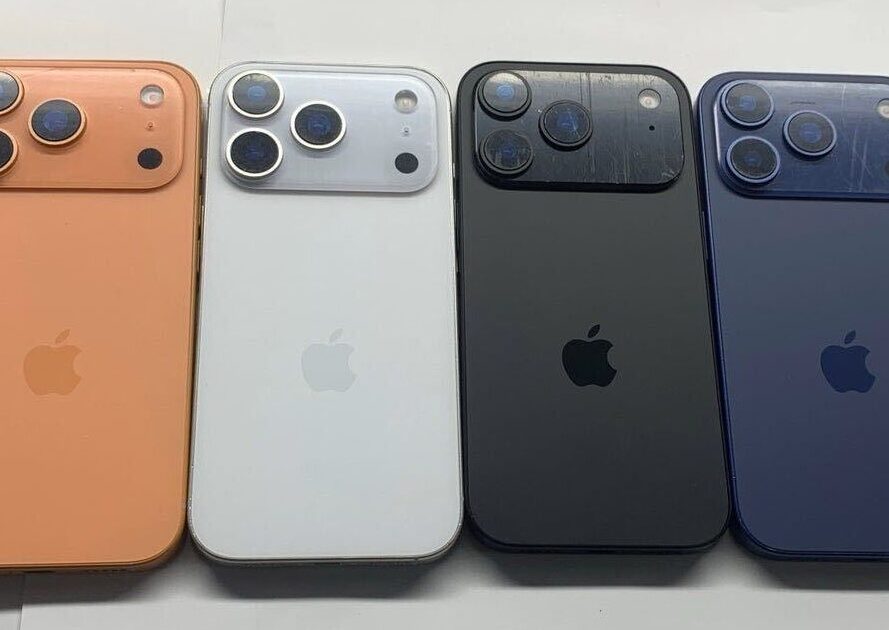Video streaming platform YouTube has released its new monetization policy, assuring creators that reaction, commentary and clip videos are still eligible for monetization, provided they contain creative and original content.
The new policy aims to curb the substandard, poorly produced and artificial intelligence (AI)-generated content that is rapidly spreading on the platform.
YouTube had hinted at a change in its policies earlier this month, after which many creators feared that reaction or clip channels might be removed from monetization. However, YouTube has now officially clarified the guidelines, according to which reaction videos will not be affected.
‘Inauthentic Content’ Replaces ‘Repetitive Content’
The term ‘Repetitive Content’ has been replaced with ‘Inauthentic Content’ to better reflect YouTube’s commitment to quality and creative content.
A note on YouTube’s help page states that this type of content is already ineligible for monetization under our policies, and we only reward creators for original and authentic content.
The statement says that there has been no change to the Reused Content Policy, which includes commentary, clips, compilations and reaction videos.
What is Inauthentic Content?
YouTube has now provided clear examples of what content would be considered ‘inauthentic’ and would not be eligible for monetization.
Videos that only read text from websites or news feeds.
Slideshows or scrolling text that do not contain additional commentary, narration or educational content.
Videos that are machine-generated and do not show any personal involvement from the creator.
YouTube says these measures are intended to reduce AI-generated content that mimics human-generated videos but lacks original creative elements.
YouTube also warns against posting content that has already been widely shared or that has been re-uploaded without any changes.






